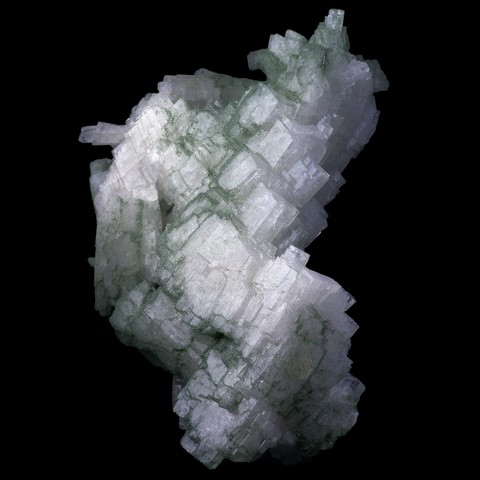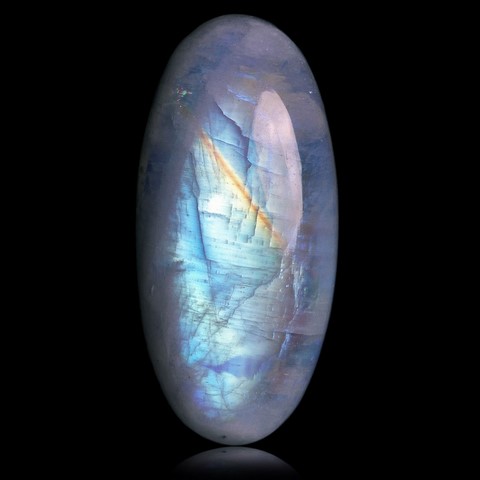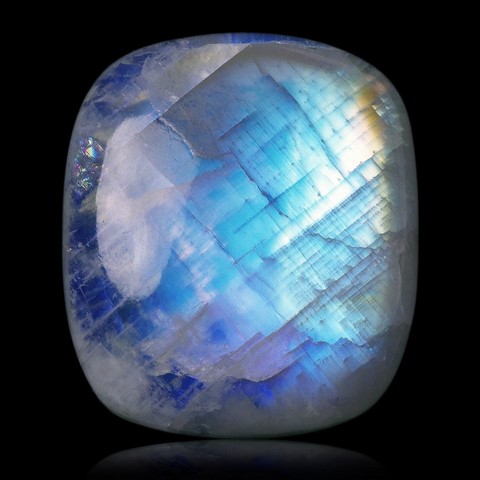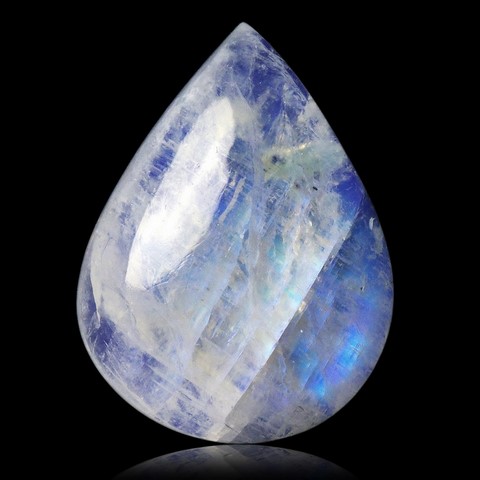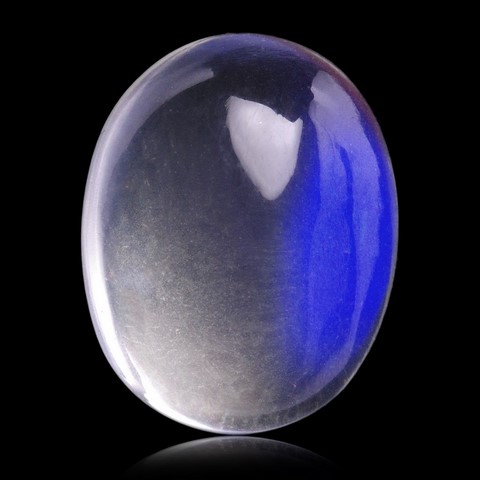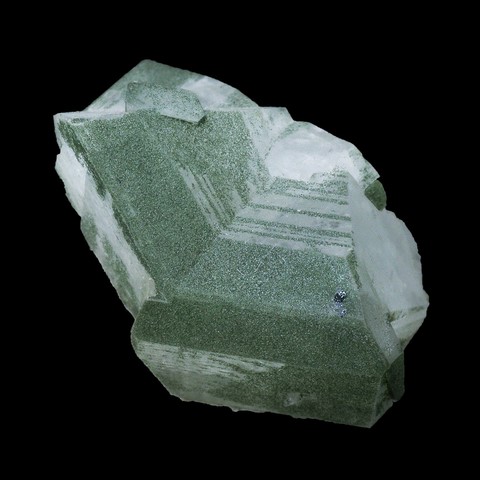 Adularia - Encyclopedia
Adularia - Encyclopedia
Class : Silicates
Subclass : Tectosilicates
Crystal system : Monoclinic
Chemistry : KAlSi3O8
Rarity : Common
Adularia is a colorless variety of orthoclase (and sometimes microcline) which crystallizes at low temperatures. It comes in pseudorhombohedral or pseudo-orthorhombic looking crystals, often well formed, with a pearly luster. It is called "moonstone" when it is translucent to transparent and has shimmering bluish reflections, a term which however also designates other feldspars with these aesthetic attributes. It owes its name to its place of discovery : Mount Adula (Grisons, Switzerland). Adularia is often associated with chlorite and albite in the famous alpine clefts of the French, Swiss, Austrian and Italian Alps, which have provided the best crystals of this variety. It is also abundant in certain low-temperature hydrothermal veins (fluorite and baryte, gold, etc...) and in the alteration aureoles of metallic deposits. Adularia from hydrothermal veins only rarely occurs in collection samples, but it is a very useful mineral because it allows geochronological measurements to be made (potassium-argon and argon-argon methods) and therefore to date these veins.
Adularia in the World
Adularia in France
Twinning
The Carlsbad, Baveno and Manebach twins are common for the species
Fakes and treatments
Hardness : 6
Density : 2.55 to 2.63
Fracture : Irregular to conchoidal
Trace : White
TP : Translucent to transparent
IR : 1.518 to 1.525
Birefringence : 0.004 to 0.005
Optical character : Biaxial -
Pleochroism : Low
Fluorescence : White or red
Solubility : Hydrofluoric acid
Magnetism : None
Radioactivity : None

